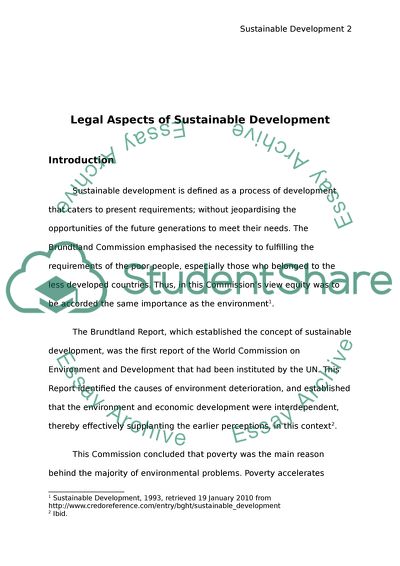Cite this document
(Legal Aspects of Sustainable Development Coursework, n.d.)
Legal Aspects of Sustainable Development Coursework. Retrieved from https://studentshare.org/environmental-studies/1732357-this-is-an-environmental-law-question-discuss-the-relevance-of-sustainable-development-in-environmental-law-and-regulation
Legal Aspects of Sustainable Development Coursework. Retrieved from https://studentshare.org/environmental-studies/1732357-this-is-an-environmental-law-question-discuss-the-relevance-of-sustainable-development-in-environmental-law-and-regulation
(Legal Aspects of Sustainable Development Coursework)
Legal Aspects of Sustainable Development Coursework. https://studentshare.org/environmental-studies/1732357-this-is-an-environmental-law-question-discuss-the-relevance-of-sustainable-development-in-environmental-law-and-regulation.
Legal Aspects of Sustainable Development Coursework. https://studentshare.org/environmental-studies/1732357-this-is-an-environmental-law-question-discuss-the-relevance-of-sustainable-development-in-environmental-law-and-regulation.
“Legal Aspects of Sustainable Development Coursework”, n.d. https://studentshare.org/environmental-studies/1732357-this-is-an-environmental-law-question-discuss-the-relevance-of-sustainable-development-in-environmental-law-and-regulation.


